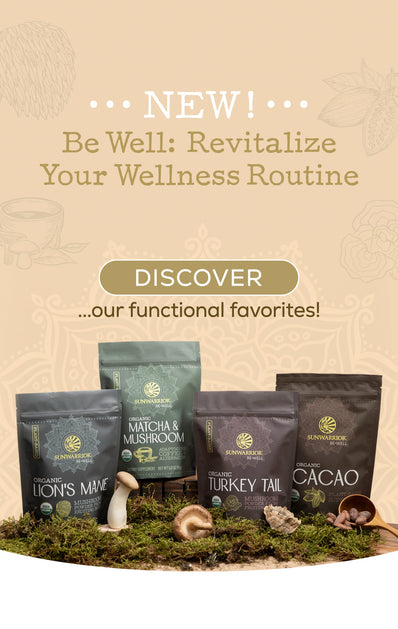You don’t have to be color blind to miss out on the great nutritional benefits that come from eating a rainbow variety of fruits and vegetables! What color is your nutrition?
You’re sitting in front of your trusted physician at the conclusion of a very comprehensive consultation and physical examination when he breaks the bad news to you that you have an incurable genetic condition called Achromatopsia. It affects approximately 8% of men and less than 1% of females. He repeats that unfortunately, it is incurable.

Your heart is racing, and your hands are sweaty as you take a deep breath. What is this dreaded, life-altering condition; is it contagious, and what does it mean to your future? The doctor then explains that Achromatopsia is not fatal, it's the scientific name for colorblindness, the inability to distinguish the difference in colors. Your life will be spent experiencing colors differently. It makes picking out a sweater that compliments rather than clashes with your pants a little more complicated. And your box of Crayola will likely yield interesting results when put to paper.
I contend that the vast majority of people are actually colorblind, or at least color apathetic when it comes to their diet. Colors of foods are much more than just visually and aesthetically pleasing; colors are evidence of nutritional imperatives that provide life-giving phytonutrients. The brighter the color, the higher the concentration of many of these healthful elements.
Remember in your youth when your mother was always telling you to eat your greens? Well, we now know, for health sake, you also need to eat your reds, blues, whites, and yellows. It’s not just to please the eyes; it’s to maximize health, strengthen the body, and increase immunity. Each color provides its unique contribution to our well-being.
Greens
Spinach, kale, broccoli, cabbage, avocados, and kiwi fruit are a great source of vitamins, minerals, fiber, and antioxidants. They help cleanse the body of toxins, protect vision, and slow the aging process of the skin.
Reds
Tomatoes, strawberries, cherries, raspberries, watermelons, apples, and red cabbage are powerful antioxidants; they fight heart disease and even have anti-tumor qualities.
Blues and Purples
Blueberries, beets, purple grapes, and plums are anti-inflammatory, they strengthen blood vessels, help prevent heart disease, and combat aging.
Whites
Garlic, onions, horseradish, and naturally white hued plants are antibacterial and antiviral. They lower cholesterol and blood pressure as well as fortify the immune system.
Yellows and Oranges
Carrots, sweet potatoes, squash, apricots, oranges, and peaches contain vitamins and carotenoids that supply the skin and eyes, and even decrease certain birth defects.
Don’t be colorblind when it comes to nutrition for health; fill your plate each meal with plants of as many bright colors as possible.
A great way to get you going on resolutions is joining our fitness challenge!





